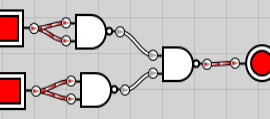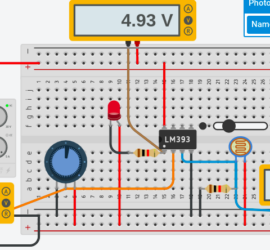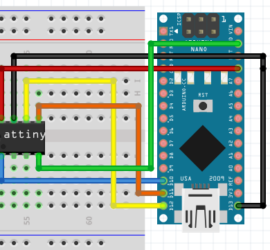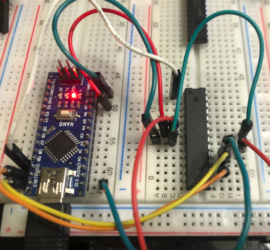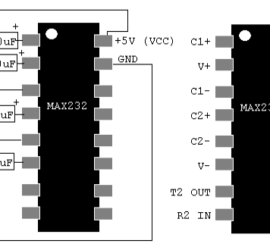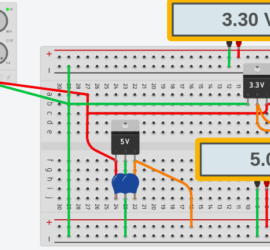DS1307 Real Time Clock
Introduction to the DS1307 Real Time Clock The DS1307 Real Time Clock keeps track of time. Once you set the clock, a battery will back up the time. In other words, you don’t need to reset the clock every time you power up your device. In addition to keeping track Read More »


